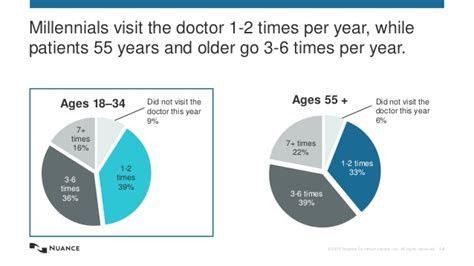You are looking at an archived version of our site. Please visit thepcc.org for a fresh, new experience!
You are here: Array » The (Family) Doctor Is ...
The (Family) Doctor Isn’t In: Millennials Are Rejecting Primary Care Physicians
For six years during her 20s, Tara Carter didn’t have a primary care doctor.
To her, it wasn’t an efficient use of her time.
First, she had to take time off work and sit in a doctor’s office, where she’d shell out her copay and answer a ton of questions.
And often she’d be referred to a specialist, where she’d repeat the process over again.
For minor health problems, such as sinus infections, she used retail walk-in or urgent care clinics instead.
Carter, who lives in the Washington, D.C. area, told Healthline that these are “sufficient to get the help I need and get out the door and back in bed — without waiting days for an appointment that didn’t fit my schedule.”
Plus, at $50 to $75 per visit and offering middle-of-the night appointments and often prescriptions on the spot, Carter finds this kind of on-demand healthcare “convenient and solution-driven.”
Carter’s approach to healthcare isn’t unique.
Many other millennials — Americans born between 1981 and 1996 — are passing up visits to primary care offices in search of shorter wait times, virtual healthcare, and clearer pricing models.
Recent News
August 16, 2024
August 12, 2024
July 16, 2024
Statement from @AnnGreiner1: "Today’s new @CMSinnovates announcement is a promising step forward for #primarycare p… https://t.co/A6l5Rt9Fzb —
Il y a 2 années 5 mois
RT @LarryMcNeely1: @brookslasure says #primarycare relationship is foundation of care...announcing the "Making Care Primary" model from @C… —
Il y a 2 années 5 mois
RT @LarryMcNeely1: stressing alignment w Medicaid. 8 States participating including CO, NM, MA. —
Il y a 2 années 5 mois
Secondary menu
Copyright © 2024 Primary Care Collaborative




